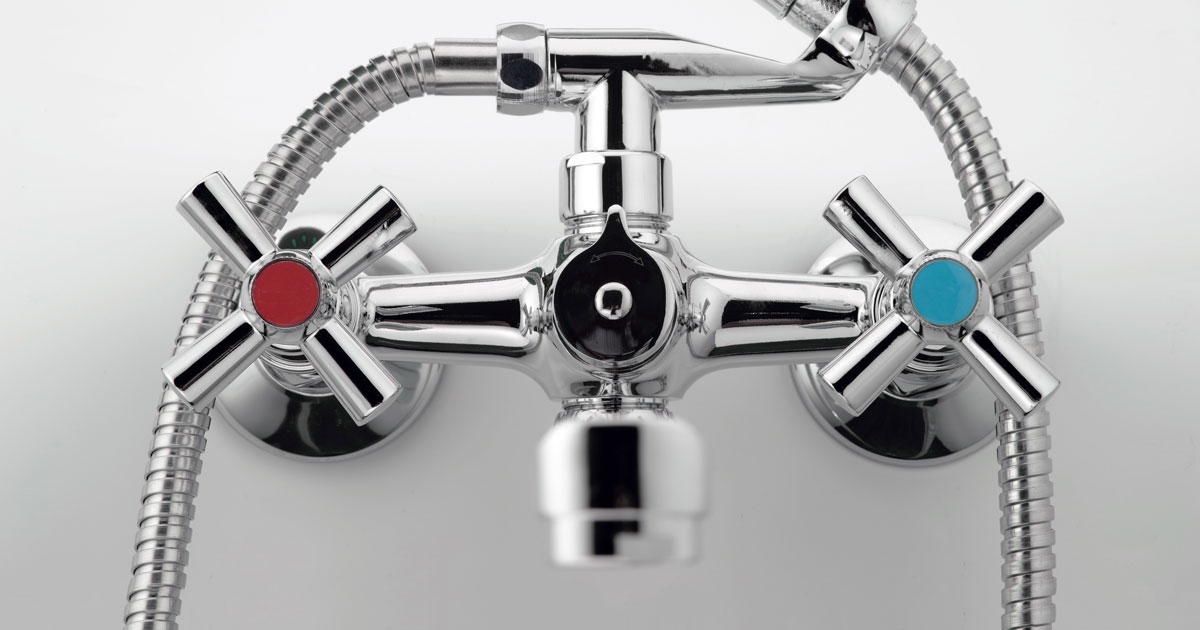Do you have arthritis, a sprain, or a broken arm? This treatment could help relieve your pain! Hydrotherapy is the use of water for the treatment of trauma and disease. A contrast bath involves immersing the joint in, and alternating between, hot and cold water. Because heat dilates the blood vessels and cold causes them to get smaller (vasoconstriction), this hydrotherapy treatment helps to increase blood flow in the immersed area, thereby accelerating recovery in the muscles from strenuous exercise. Contrast baths prove helpful in the treatment of infections because they increase white blood cell activity.
Benefits
It is especially useful in treating swelling and reducing inflammation in a person’s joints or muscles. It is also useful for treating joint injuries such as mild sprains (after 48 hours of injury). Contrast baths may increase the elasticity of the ligaments which may help those with arthritis improve their range of motion. They also help fractures to heal better. If the right wrist is broken and is in a cast, for example, alternating hot and cold to the left wrist also increases blood flow and consequently improves healing to the right wrist via consensual reflex. A consensual reflex is a reflex action in which stimulation of one body part results in a response in another body part. It is important to end a contrast bath with a brief soak in cold water to help close pores and reduce swelling.
Contrast baths also reduce the risk of undesirable clotting by significantly reducing platelet stickiness and aggregation in individuals with known risk factors such as ischemic heart disease.
Cautions and Contraindications
Contrast baths should not be done to an acute injury. Treatment should not be given until 48 hours have passed since the injury. Contraindications for contrast baths include local malignancies, peripheral vascular disease (PVD), impaired sensation, bleeding, and acute inflammation. Individuals with diabetes and neuropathy can often be benefited by alternating warm and cool water bath temperatures if they have good pulses in the extremities. Only a well-trained hydrotherapist or a physical therapist should perform this treatment on diabetic individuals, especially if neuropathy or PVD are present. As is the case for any hydrotherapy treatment, the treatment room should be warm and free of drafts. Cool room temperatures make the contrast bath less effective.
Equipment
Before you start, you will need:
- Two containers large enough, with the proper shape, to fit the body part to be treated
- Water-bath thermometer
- Drape sheet
- Towels (for drying and to put under the basins)
- Cold compress for the head (cold washcloths)
- Pitcher to remove and add hot water
- Means for heating water if not near a tub or sink
- Ice for cold compress and cold bath
Procedure for Hot and Cold Contrast Bath
Place the body area to be treated in hot water of 104 degrees F (40 degrees C) for 3-4 minutes while applying a cold compress to the head.
Then place the body area to be treated in ice water or cold tap water—45 to 70 degrees F (7-21 degrees C) for 30 seconds to 1 minute. While the specific body area is in the cold water, increase the temperature of the hot water each time, but do not exceed 110 degrees F (43 degrees C). In other words, after each change, increase the contrast between the hot and cold waters.
Make 6 to 8 changes and always end with cold (except in cases of rheumatoid arthritis, in which case you would end with warm water after the last cold) and dry thoroughly.
As previously mentioned, warm and cool contrast baths can be performed for diabetic individuals, but should not be attempted by a layperson. Warm water is defined as 92 degrees F to 100 degrees F. Cool water is between 70 and 80 degrees F. If the person is a diabetic, do not exceed 102 degrees F (give only if the foot pulses are palpable).
Other Considerations
The ratio of heating time to cooling time is adjusted according to the likelihood of creating tissue swelling. Intense heat will aggravate swelling. If swelling is present, keep the temperature below 102 and make it shorter in duration. If a joint is swollen and hot, use cold; never heat. Hydrotherapy is more effective when one follows a well-balanced, plant-based, low sugar diet, and engages in mild exercise.
References
Goodwin, Eddie, P.T., Diabetic Neuropathy, Wildwood Medical Seminar, 2010.
Sorokina, El, Ali O., The effect of contrast baths on the hemostatic function of patients with ischemic heart disease. Vopr Kurortol Fizioter Lech Fiz Kult. 1998 May-Jun;(3):26-8.
Dail Clarence, Thomas, Charles, PhD., Hydrotherapy: Simple Treatments for Common Ailments, Teach Publishers, 51-53.
Vaile JM, Gill ND, Blazevich AJ, The effect of contrast water therapy on symptoms of delayed onset muscle soreness. J Strength Cond Res. 2007 Aug;21(3):697-702
http://answers.com, Contrast Baths

